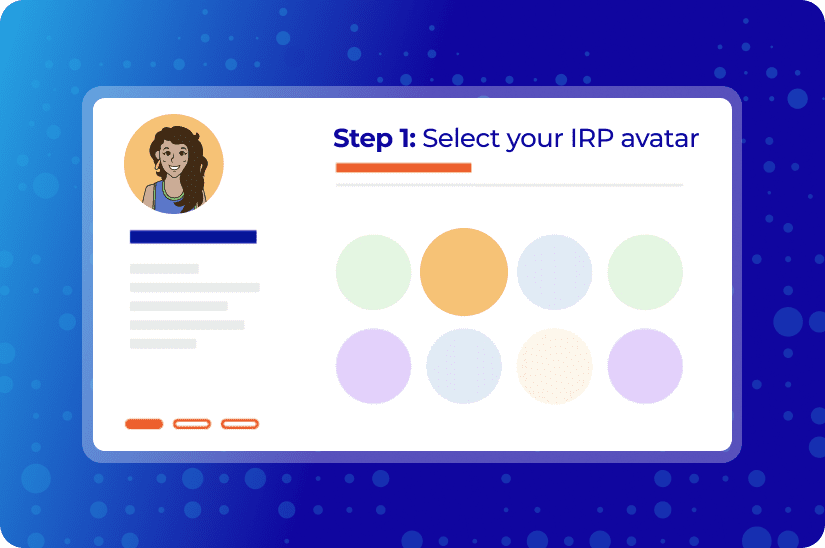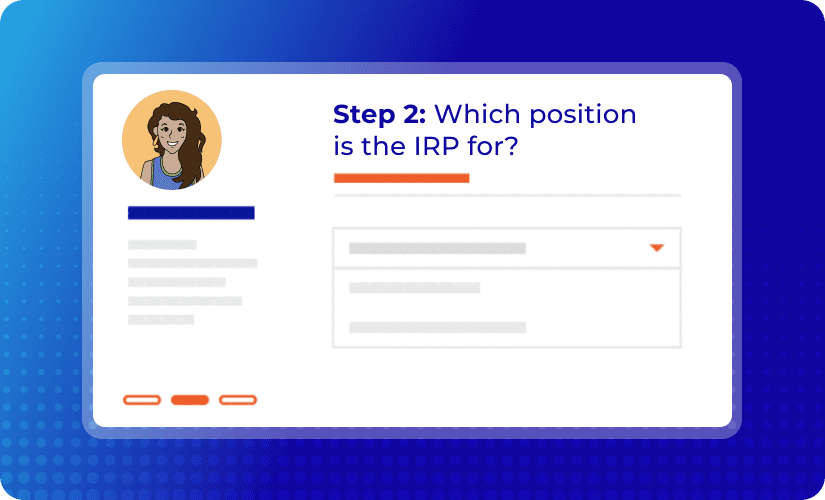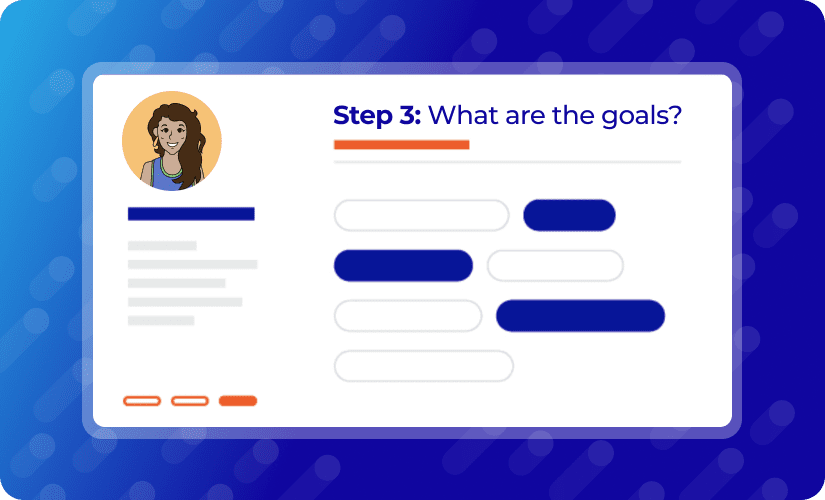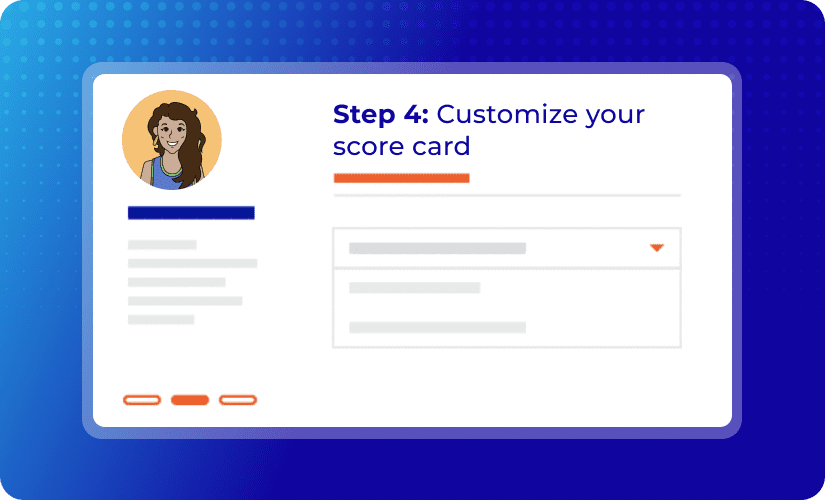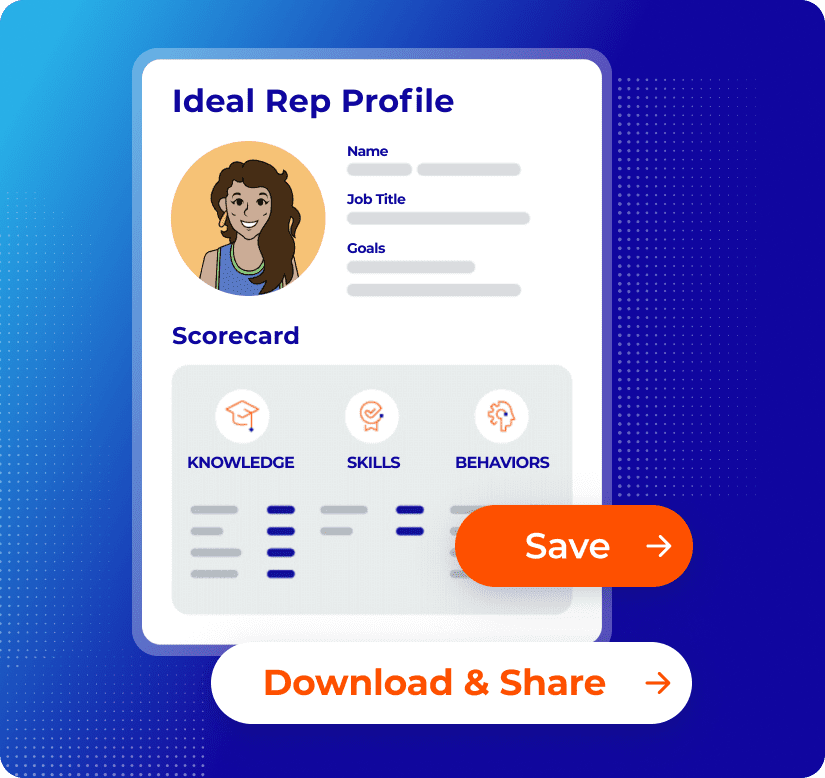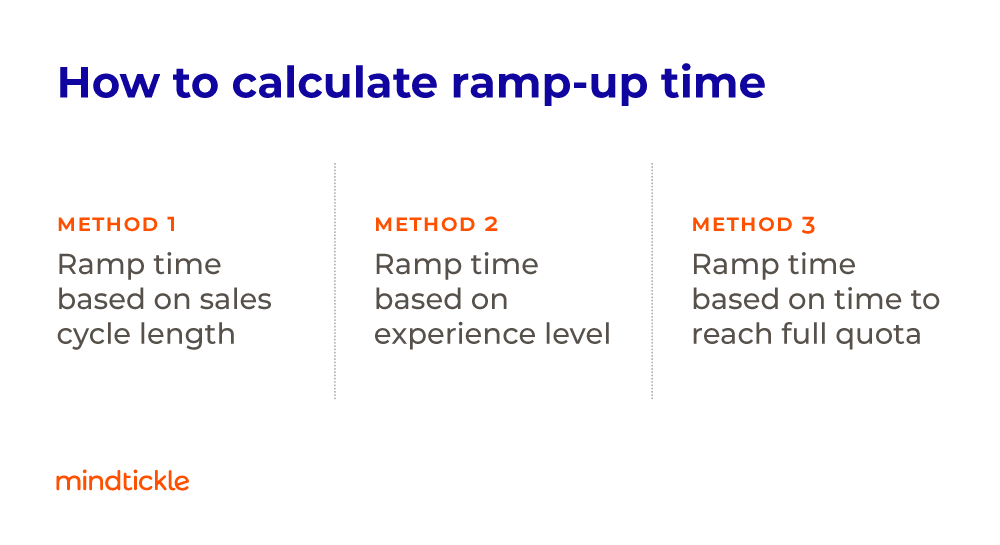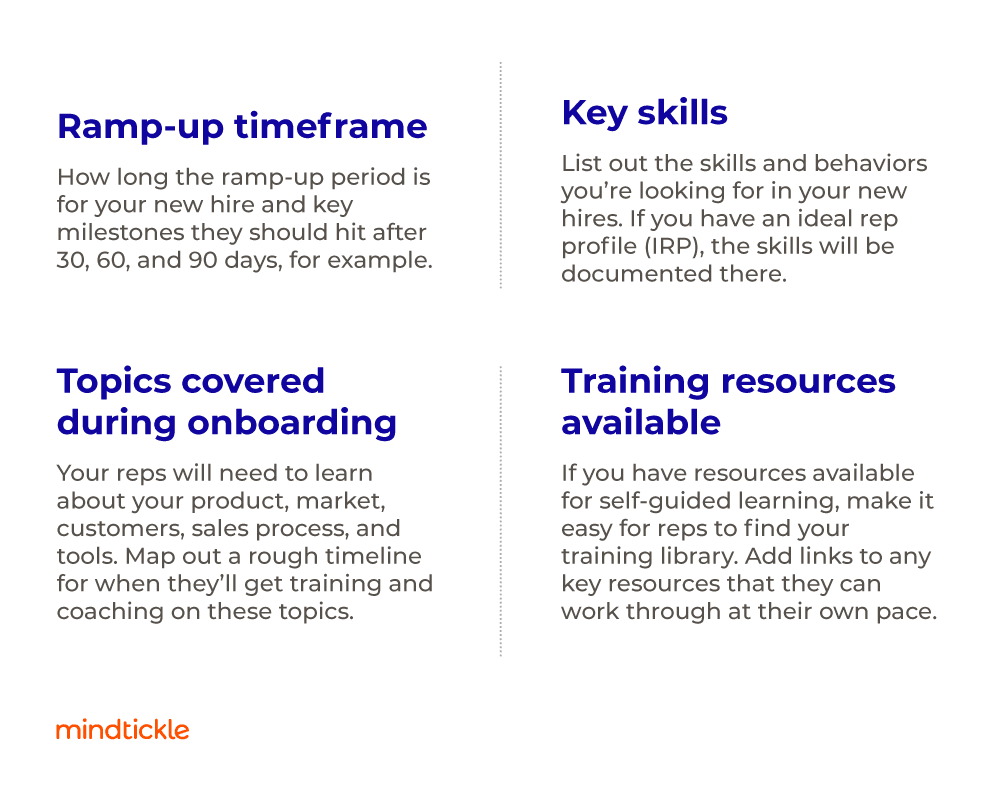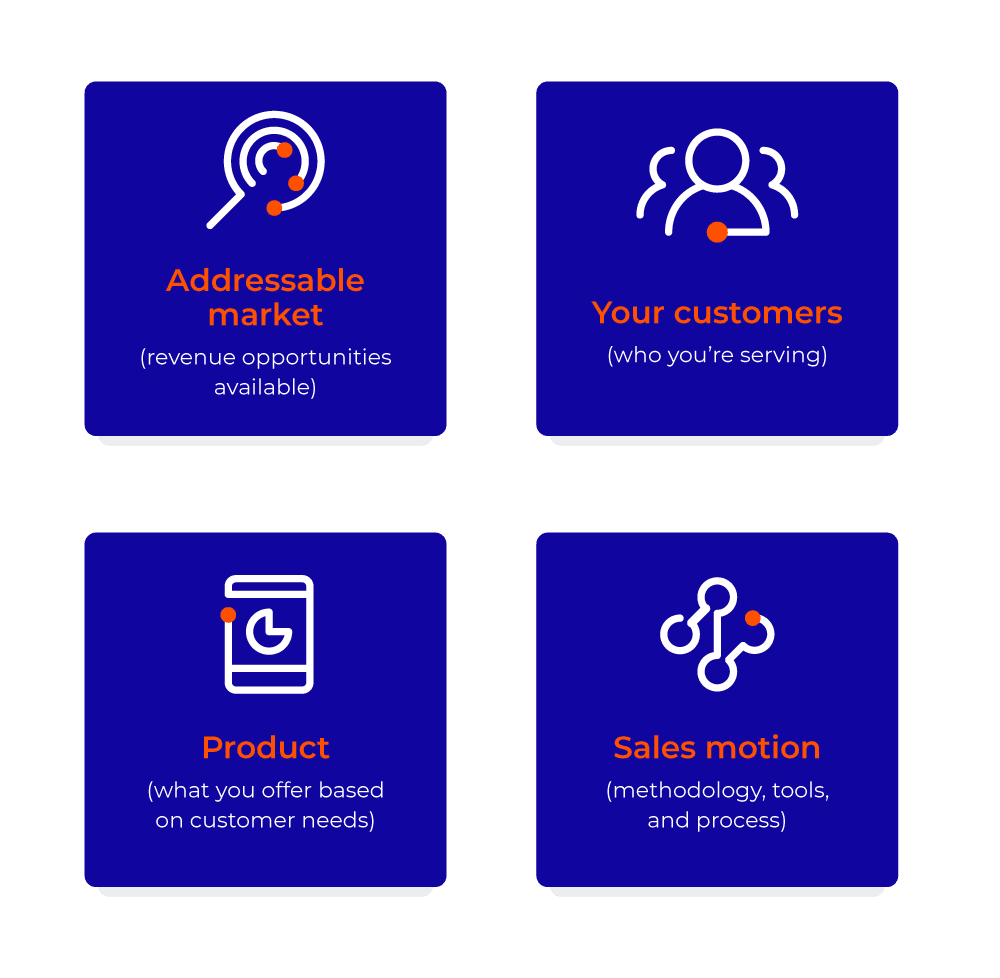Not all sales training works. In fact, research by Gartner found that sales reps only remember 13% of the information a month after their sales training.
Motivation plays a big role in sales reps’ willingness to engage with sales learning. By adding ways to engage sellers with sales training, you increase sales quota attainment and the ROI of your sales training.
Here are six ways you can change your sales training to motivate your sales team.
- Personalize the sales training for your reps
- Make sales training relatable and interactive
- Support your sales reps with achievable development paths
- Encourage failure and practice
- Build team identity and support
- Use gamification to drive intrinsic and extrinsic motivation

Personalize the sales training for your reps
Avoid reteaching sales reps skills they already possess. Instead, improve career skills with personalized sales training and development.
There is nothing more boring than going over material you already know — it’s repetitive, it’s discouraging, and, ultimately, it’s not rewarding. That’s why personalization is key to fostering motivation — it’s both relevant and rewarding.
Personalized sales training puts a focus on strengthening weaknesses and filling in any knowledge gaps that are relevant to each sales rep. For example, if a particular sales rep is great at deal strategy but needs improvement on closing sales, tailor a plan to work on customer conversations to see the quickest results.
And it’s important for personalized training to come hand in hand with a personal development plan for sellers to see what steps are required for success.
To begin a personalized plan, first, define what success looks like. In other words, what skills and knowledge do each seller need to reach their sales goals? What behavior and sales approaches do sellers need to learn to close more deals?
Once those elements are defined, you can create a sales readiness index and an ideal rep profile (IRP). This helps build an end goal and vision for sales reps to work toward.
With a defined sales readiness score and a personalized development plan, sellers can take ownership of each milestone and understand what steps will need to be undertaken in order to match your IRP.
Make sales training relatable and interactive
To motivate your sales team to learn, your training needs to be relatable and relevant to your sales reps’ everyday tasks and interactions.
Use real-life scenarios and role-plays for your sales reps to get a glimpse of what actions and sales practices they need before the real action begins. Interactive sales training demands focus, which improves engagement and attentiveness to the task at hand.
Use role-plays to put into practice the skills reps have learned in a safe environment. This encourages sellers to continue their sales practice, as it prevents them from feeling demotivated or nervous in real scenarios and coaches them on how to navigate tricky situations.
Managers can also use role-plays to see their sales team in action. Then, depending on each rep’s performance, they can provide additional resources for improvement. In turn, the relevant feedback and interaction serve as motivation, being a key for improvement and signaling that managers care about the seller’s success in their role.
Support your sales reps with achievable development paths
Sales coaches often think having a 1:1 with their sales reps means their team will automatically feel supported. While that’s a good start, more is required for sellers to feel motivated and encouraged in their growth.
To show support, set goals and KPIs with your sales reps and agree upon the process to achieve them. With effective sales coaching, you can improve quota attainment by 21% and sales win rates by 19%.
To begin development plans, meet with your sales reps individually to understand their personal goals. It’s much easier to build motivation when both parties are aligned in the direction of development. Once the goals have been defined, use skills tests to assess where your sales rep currently stands. Then, you’re able to track progress using benchmarks to celebrate milestones and address any pitfalls.
As a manager, it’s your responsibility to show sales reps the relationship between skill development and quota attainment. Ultimately, you want your sales reps to quickly see how new skills personally impact their sales efforts and be drawn to continually improve their success.
Nurture an environment where feedback is welcomed. Your sales reps are in a unique position to tell you exactly what sales training resources are helpful in their role. Their insights may benefit the company’s sales training quality and relevance. Not only is this information helpful, but it’s also motivating, as sellers see their thoughts on improvement are acknowledged and are making changes.
Encourage failure and practice
In training, don’t be afraid to let your sales team fail, fail again, and then learn from those experiences. Practice exercises motivate sales reps to learn from their mistakes in a safe environment.
Be clear with sales reps that tests and assessments are encouraged to understand what will help them progress in their career and are not an assessment of their ability to do their job. The difference is important because sales reps need to be allowed to acknowledge their own weaknesses and build paths for improvement.
Sales reps will find the impetus to continue working on skills that have been improved upon — particularly if they track them in their personal development plan and see how much they have progressed.
To motivate your team through failure, remember to build a sales training initiative that is inspirational with past success stories. And encourage sales reps to rely o share tips and tricks. When reps lean on one another, it removes the risk of sellers feeling isolated and builds resilience and determination to reach personal goals.
Build team identity and support
When sellers feel like they are part of a team and supported by a coached manager, the overall team’s performance can be boosted by as much as 31%. When sellers feel part of a team, they push through tasks and feel a responsibility to work together.
In an environment where team members are able to support, and encourage one another, the sense of community and aligned objectives motivates each sales rep to accomplish their sales training for the better of the team.
This helps build team identity. This is important, as research shows that employees who identify as part of a team have higher productivity rates than those who don’t (50% vs. 36%).
Team members can play toward the same goal but also stimulate one another through friendly competition that pushes each seller to outperform colleagues. In sales training, use leaderboards to nurture this.
A team environment can also keep sales reps feeling welcomed and encouraged when they experience a hard learning curve, as members can offer support and share resources and training feedback. This helps build a level of participation and incentive to continually learn and improve together as a team.
Use gamification to drive intrinsic and extrinsic motivation
Learning is more fun with games (adding gamified elements to training boosts motivation to 83%) and information is retained better. Use this to your advantage when preparing sales training.
You can introduce gamification with leaderboards and scoreboards that measure the skill levels and sales readiness rankings of sales reps against one another. This encourages sales reps to either stay on top or reach the top.
As well, you should reward the training effort and motivation of high-ranking sales reps. Each time a new level is achieved, it’s good practice to appreciate and validate the efforts of the sellers.
Lastly, when rewarding sales reps’ participation and involvement with sales training, your acknowledgment and compliments need to be specific and timely for them to resonate correctly. For example, if a sales rep completes a sales training on email strategy, send them a message the same day congratulating them on their new email strategy skill.
Acknowledgment and rewarding sellers’ efforts incentivizes them to receive ongoing appraisal in their next sales course training.
Motivated training makes your sales team unstoppable
Motivated sales reps have the drive and curiosity to adapt new sales insights and content into their sales approach. They become hungry to learn and continue to practice their new skills in real scenarios, which drives increased win rates.
The combination of engaging sales training and a motivated sales team leads to:
- Increase in profit: Engaged and motivated employees achieve a 23% increase in business profit. This is because when your sales training is motivating, your team will be driven to grow their skills. This drive leads to an increase in course completions, which leads to sellers being a step closer to a complete sales readiness score and matching the behaviors of the IRP.
- Adaptability to market changes: Sales reps typically only spend around 17% of their time in sales training. But sales training doesn’t have to stop the moment a rep completes their first course. Use sales training as ongoing development to rethink market approaches and fine-tune skills.
- Improve sales KPIs: Sales training prepares the reps to use the best practices and approaches to reach and convert potential customers. When reps are motivated to continually use training to optimize their sales approach, they are more likely to hit their quarterly KPIs and objectives.
Now you’ve got a motivated sales team; what’s next?
Although learning and completing a sales training course is a good start, it’s just the first step. The real action happens when those learned skills are put into practice with real-life scenarios.
Keeping track of improvement and insights can be tricky. That’s why it’s helpful to use a sales enablement platform to keep training, content, data, and resources all in one place.
With sales enablement platforms, data taken from real conversations, content management, deal negotiations, and seller approaches tracks the performance of your sales reps. This allows the correct training course to be recommended and tracked by management.
By having all the sales data at hand, you can quickly pinpoint what skills need to be expanded upon for each repy. Not only that, but sales enablement platforms complement management’s ability to track sales reps’ development and performance and give insights when intervention or feedback is needed.
Learn how Mindtickle can motivate your sales team with training tools that set your sales team up for success. Here’s where to set up time for a Mindtickle demo.





















